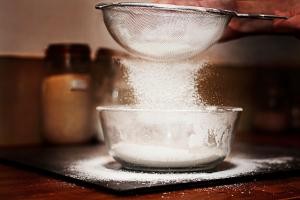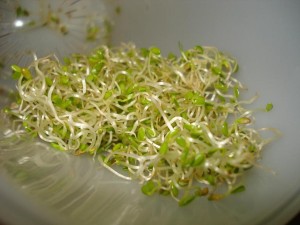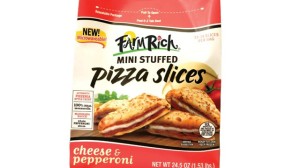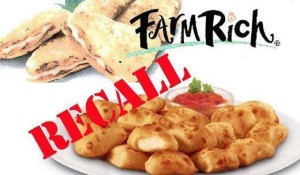This study was conducted to validate a simulated commercial baking process for plain muffins against E. coli O121 (isolated from the recent illness outbreak associated with flour), and compare the thermal inactivation parameters (D- and z-values) of cocktails of four isolates of E. coli O121 and three serovars of Salmonella (Newport, Typhimurium, and Senftenberg) in muffin batter.
 Flour samples were spray inoculated with the E. coli O121 or Salmonella cocktails, dried back to the pre-inoculation weight to achieve ~7 log10 CFU/g, and used to prepare muffin batter. For the muffin baking validation study using E.coli O121, muffin batter was baked at 375 °F (190.6 °C) oven temperature for 21 min followed by 30 min of ambient cooling. The E. coli O121 population decreased by >7 log10 CFU/g in muffins by 17 min of baking, and was completely eradicated after 21 min of baking and ambient cooling. The D-values of E. coli O121 and Salmonella cocktails in muffin batter at 60, 65 and 70 °C were 42.0 and 38.4, 7.5 and 7.2, and 0.4 and 0.5 min, respectively; whereas the z-values of E. coli O121 and Salmonella were 5.0 and 5.2 °C, respectively.
Flour samples were spray inoculated with the E. coli O121 or Salmonella cocktails, dried back to the pre-inoculation weight to achieve ~7 log10 CFU/g, and used to prepare muffin batter. For the muffin baking validation study using E.coli O121, muffin batter was baked at 375 °F (190.6 °C) oven temperature for 21 min followed by 30 min of ambient cooling. The E. coli O121 population decreased by >7 log10 CFU/g in muffins by 17 min of baking, and was completely eradicated after 21 min of baking and ambient cooling. The D-values of E. coli O121 and Salmonella cocktails in muffin batter at 60, 65 and 70 °C were 42.0 and 38.4, 7.5 and 7.2, and 0.4 and 0.5 min, respectively; whereas the z-values of E. coli O121 and Salmonella were 5.0 and 5.2 °C, respectively.
Comparison of survival and heat resistance of Escherichia coli O121 and salmonella in muffins
International Journal of Food Microbiology
MintoMichaelaJenniferAcuffbKeylaLopezbDanielVegabRandallPhebusbHarshavardhanThippareddicLakshmikantha H.Channaiahd
https://doi.org/10.1016/j.ijfoodmicro.2019.108422
https://www.sciencedirect.com/science/article/abs/pii/S0168160519303538









